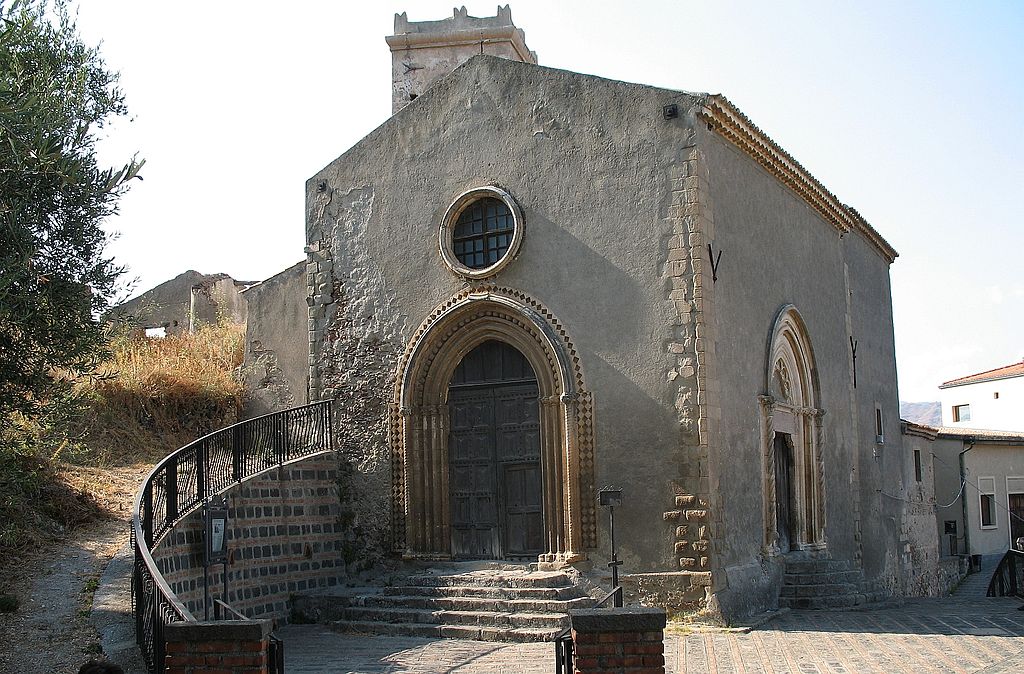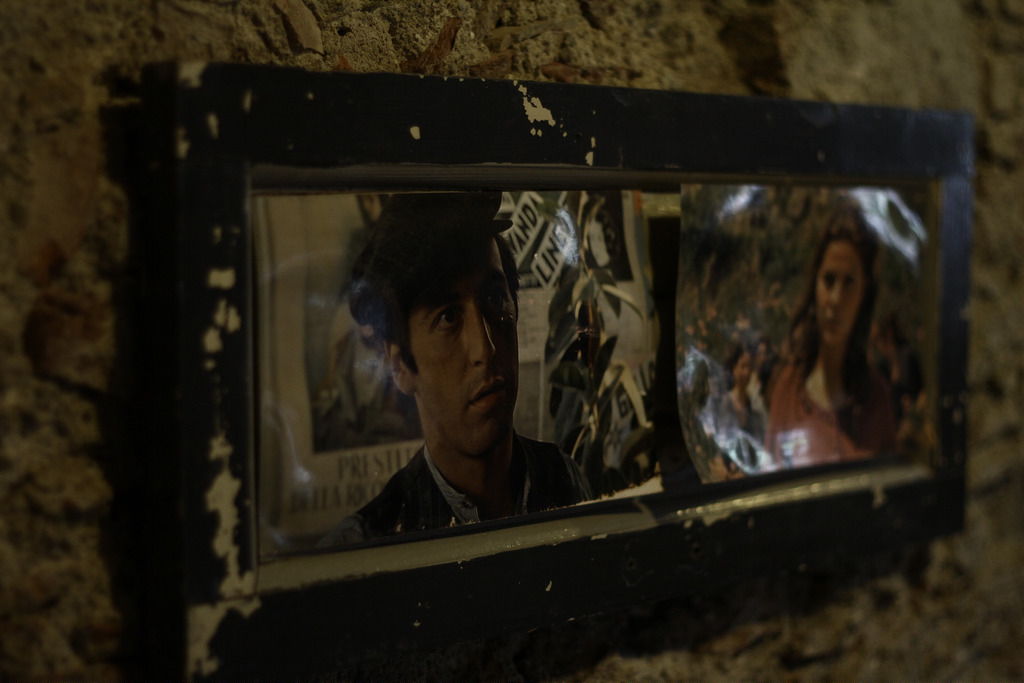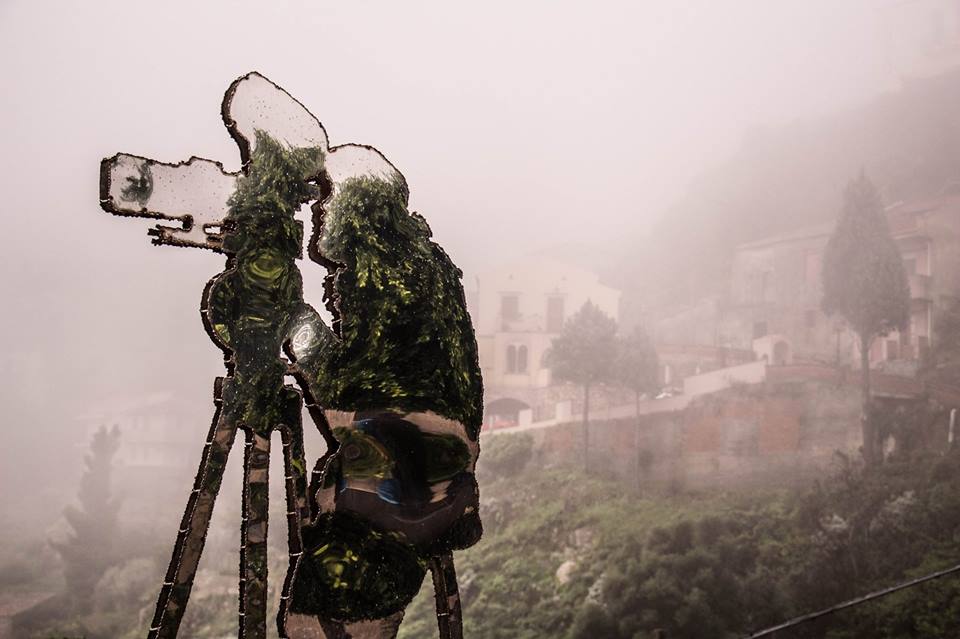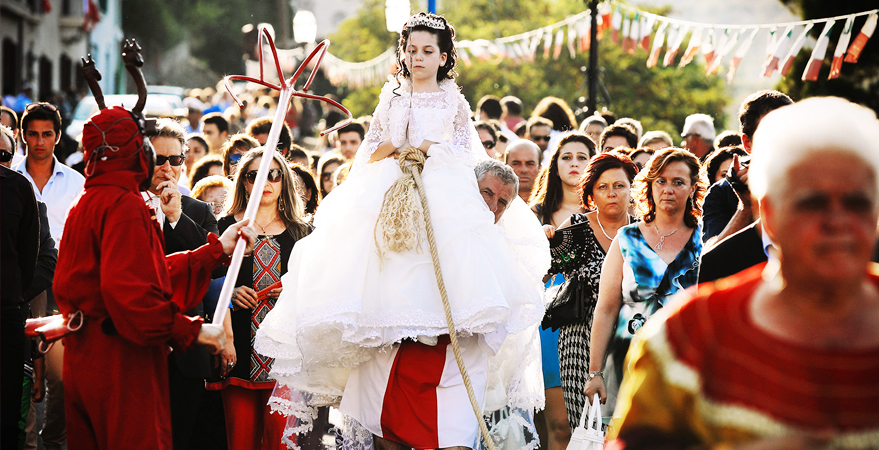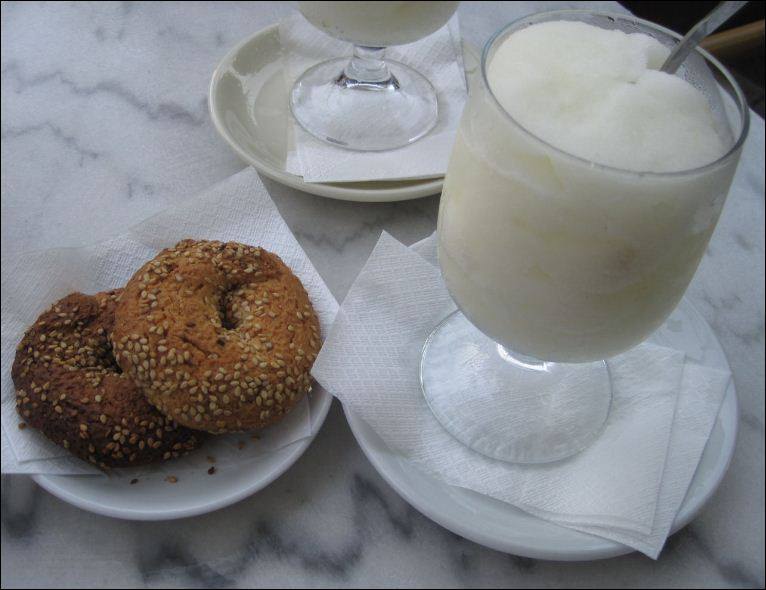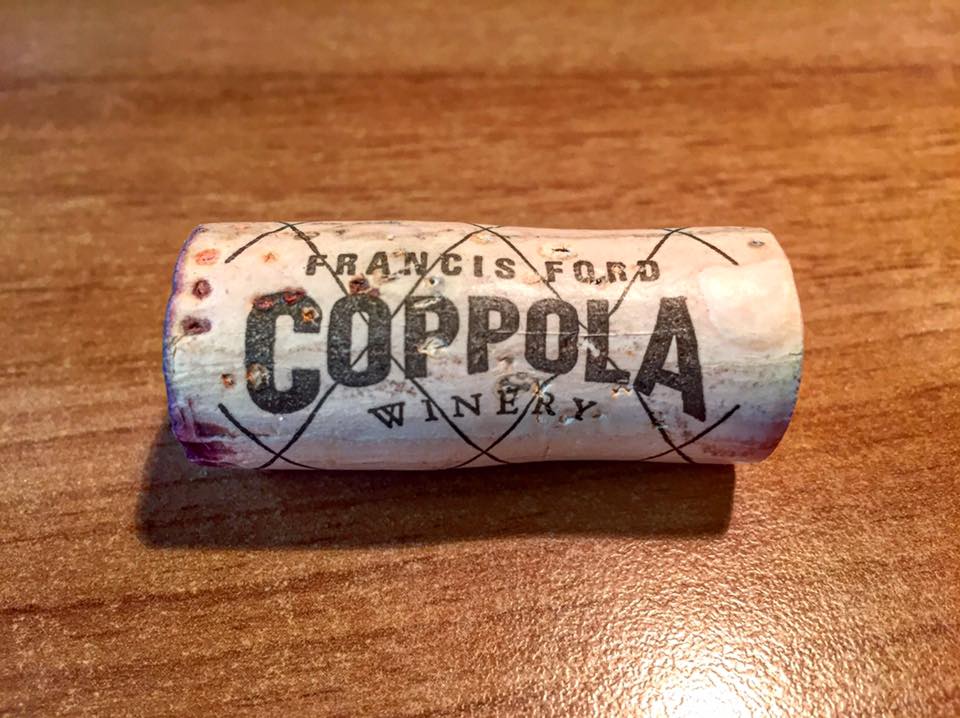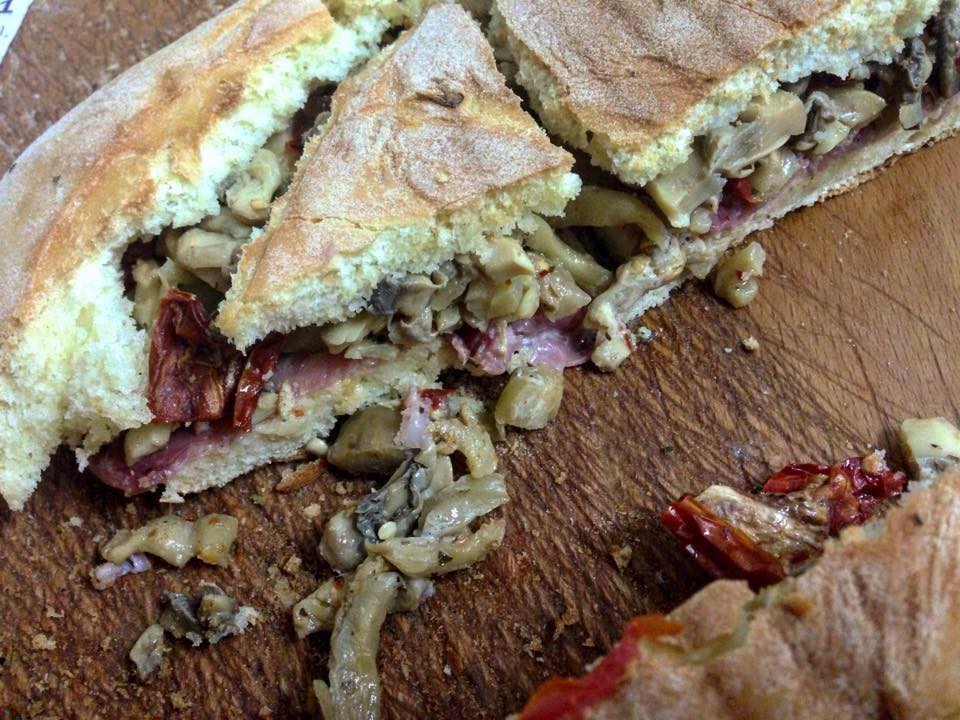Il Village of Savoca, set on a rocky bivertice hill 300 meters above sea level, in 2008 it was included in the list of the most beautiful villages in Italy. Country of seven faces and fertile land of stalwart wits; the Borgo di Savoca, from whatever side you look at, always offers new suggestive scenarios. Its history has its roots in the Roman era and has known Byzantines, Arabs and Normans. The name, according to the most accredited hypothesis, derives from the Elderberry plant (from the dialect term "Sauca" , from medieval Latin "Sabucu"), but there are other assumptions that contribute to covering the village with charm and mystery.

Some sources date the foundation of the village around 1134 by Ruggero II, Lord the Archimandrite, pro tempore, of the Monastery of SS. Salvadore of Messina. Others, before the year XNUMX, with the inhabitants of Phoinix who gave rise to the first settlement of Savoca, the Pentefur. And again, Pentefur, according to an ancient medieval legend, was founded by five thieves escaped from the prison of today's Taormina. Legends, stories and popular traditions mix and can still be heard today through the voice of the inhabitants. The Borgo di Savoca, a tourist area of the Valle d'Agrò, is one of the most interesting destinations in Sicily, unique land in the world.
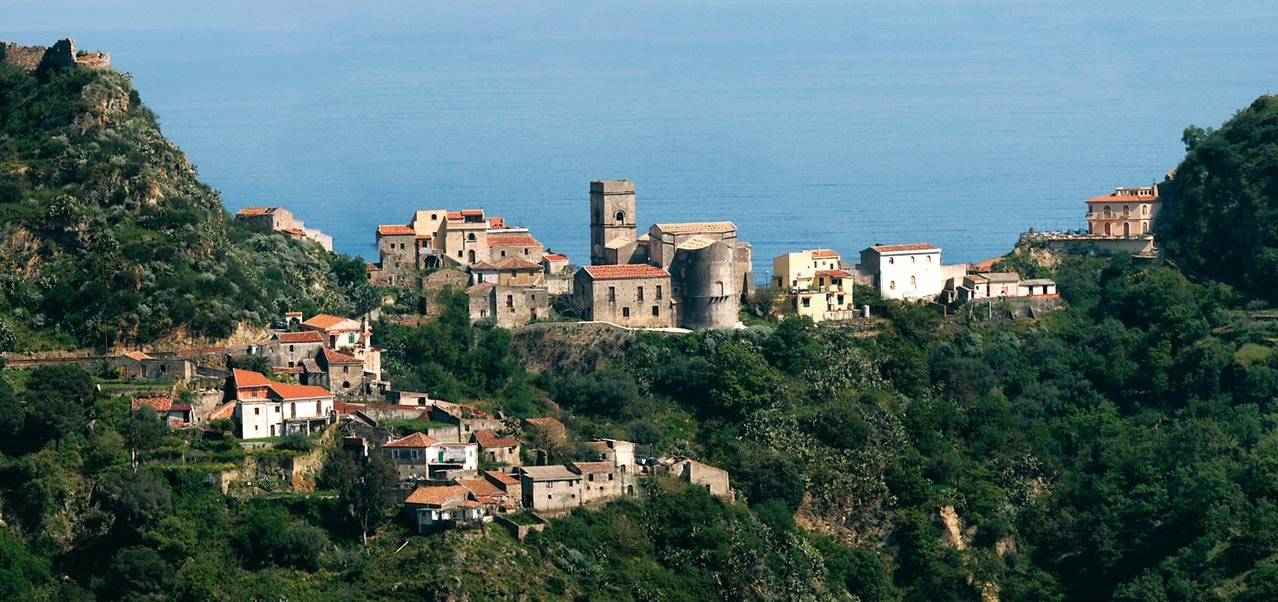
Borgo di Savoca: what to see
The Borgo di Savoca, concentrated in beauty and culture, offers many things to see and visit. Let's start with: the Church of Santa Maria in Cielo Assunta (Italian national monument since 1910 and Matrice di Savoca church), built by the Normans in 1130 and renovated by Don Pietro Trimarchi which gave it a Renaissance structure. There Church of San Michele, 1250, or the church of the Pentefur Castle. Of modest size, it was enlarged towards 1420. According to documented tradition, we know that those who converted to Christianity had to climb the seven steps of the Church with their knees before receiving Baptism. Still, Calvary Church, where the Sacred Representations take place every year.

Il Convent of the Capuchins and the Crypt with an adjoining church dedicated to San Francesco d'Assisi. The church inside contains works of great value such as the Madonna di Loreto. The Crypt houses 37 mummified corpses belonging to the Savoca aristocracy. The place has always fascinated and aroused the interest of the most interesting personalities of our country, such as: Mario Praz, Leonardo Sciascia ed Hercules Patti.
Il Pentefur Castle, now a ruin, on the hill of the same name. There City Gate, located to the north, in the San Michele district. And again: the ruins of the Synagogue, the noble palaces, the Ancient Palace of the Curia and the ancient prison. The Church of San Nicolò, which preserves a wooden statue of Saint Lucia by the sculptor Reginaldo D'Agostino and its famous churchyard. Set for some scenes of the film The Godfather of Francis Ford Coppola.
Photo Gallery
What to visit
Speaking of Francis Ford Coppola, in the Borgo di Savoca one cannot fail to stop in front of the Palazzo Trimarchi - Bar Vitelli. Located in Piazza Fossìa, it has three balconies with carved stone shelves and two worked portals. It was built between the end of the seventeenth century and the early eighteenth century by the Trimarchi. It survived the popular riots during the riots of 1820-1821 and in the second half of the twentieth century it housed the middle school of the Borgo di Savoca. On the ground floor is the "Bar Vitelli", right where Coppola shot the scene he sees Michael Corleone sitting at a table.
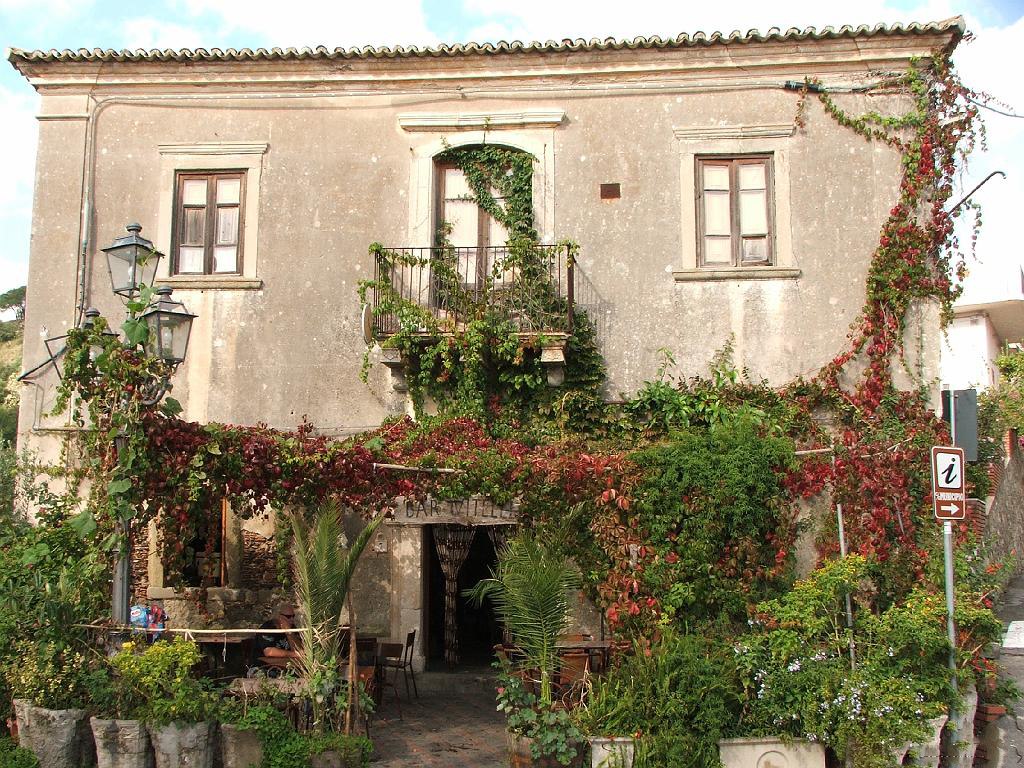
Il Historical and ethno-anthropological museum it is another place not to be missed. Divided into two floors, it includes a panoramic outdoor area and the municipal auditorium. On the first floor it is possible to see the cycles of the peasant world, the finds and tools. A peculiarity is given by the cards with descriptions, poems and proverbs in Sicilian language. On the second floor, however, the local history of the Borgo di Savoca is proposed. Manuscripts, costumes, heraldic coats of arms, but also the original clapperboard of Coppola's film.
Photo Gallery
Events in the Borgo di Savoca
One of the events felt by the population of the Borgo di Savoca is the patronal feast of Saint Lucia. The feast of the patron saint falls on 13 December, but is celebrated on the second Sunday of August. The festival, which attracts thousands of devotees and tourists, is divided into two moments. The solemn procession of the statue of the Saint through the streets of the historic center and the sacred representation Living in period costumes of some scenes of the martyrdom to which St. Lucia was subjected, by the Roman governor Pascasio, around 303 AD A little girl, who takes on the role of the Saint, is carried on the shoulders of a man of the village through the streets of the center and remains motionless for the entire duration of the procession. The staging foresees that a group of men dressed as Roman soldiers try to drag her with oxen thanks to ropes to which the child is tied, while another character appears on the scene; "U Diavulazzu", dressed in red, with a seventeenth-century wooden mask and the fork that tempts "Lucia". The presence of oxen, curious detail, has a clear one Spanish origin. The final scene, in fact, turns into a sort of bullfight. Lucia, the symbol of good, frees herself from the ropes and the oxen, a metaphor for the forces of evil, flee through the streets of the village.
Photo Gallery
Typical products
A dip in the flavors is a must! The typical products of the Borgo di Savoca are those of the Messina tradition. Including: to meat the 'crastu' nfurnata; baked mutton or sheep meat. Of Greek origin, it is cooked with a great variety of aromas and served with a side dish of raw onions poached in vinegar. Still: u piscistoccu a 'ghiotta, which is obtained from the drying of stockfish and is cooked with abundant oil, capers, tomato paste, potatoes, onions, celery and white olives. Not to mention at Granita ca 'zzuccarata. A classic lemon granita served with a crunchy local biscuit topped with sesame seeds. Another traditional dish is that of u pani cunzatu, delight of the palate, a homemade bread baked in a wood oven and seasoned with the best local products.
Photo Gallery
How to reach the village
From Messina:
via highway (A18) exit at Roccalumera;
continue for Furci Siculo and for S. Teresa di Riva. Crossroads for Savoca.
From Catania:
via motorway (A18) exit at Taormina nord;
continue towards Letojanni, S. Alessio Siculo and up to S. Teresa di Riva. Crossroads for Savoca.
From Taormina:
road 114 up to S. Teresa di Riva.
Crossroads for Savoca.



